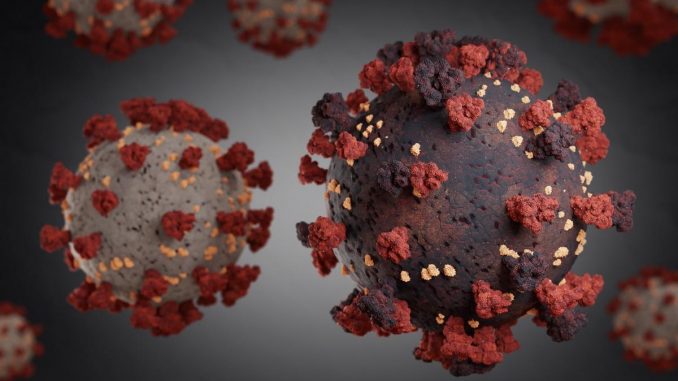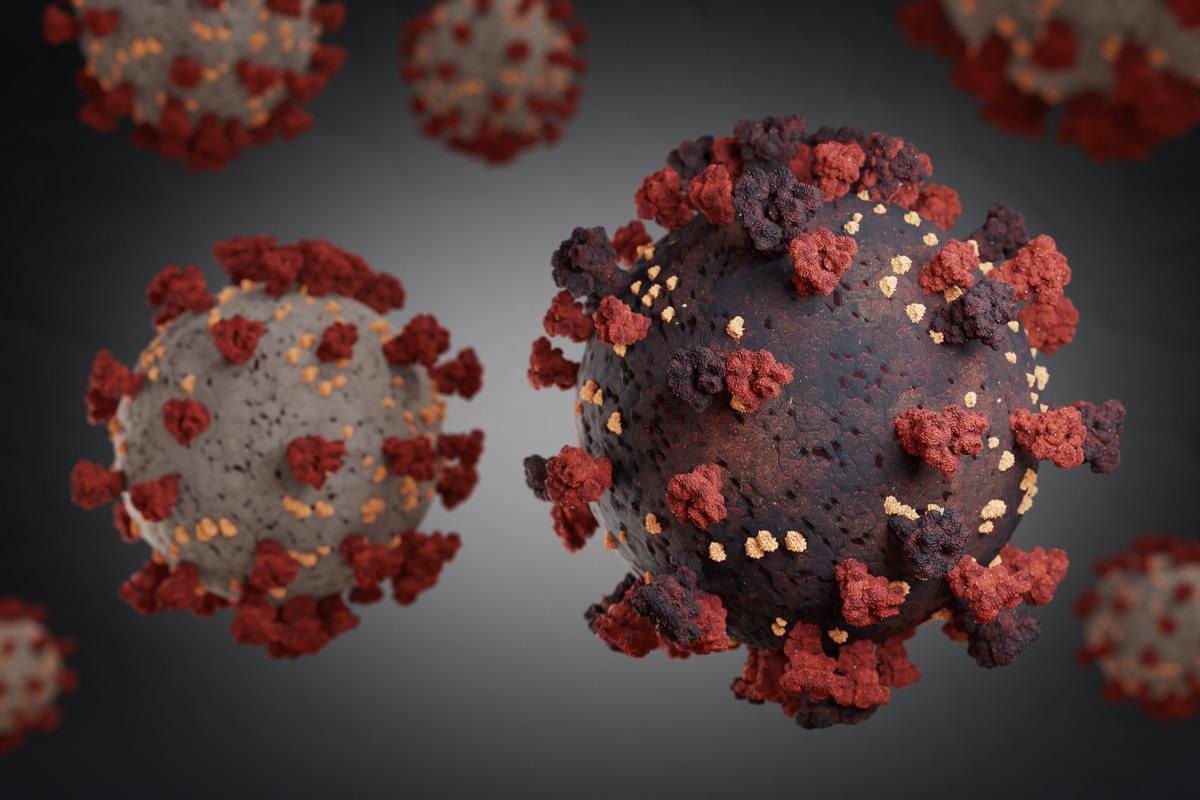
The rapid development and rollout of vaccines on a messenger ribonucleic acid (mRNA) platform, encoding the spike protein of the severe acute respiratory syndrome coronavirus 2 (SARS-CoV-2), the agent behind the ongoing coronavirus disease 2019 (COVID-19) pandemic, was heralded as a great step towards speeding up the end of the pandemic.
 Study: SARS-CoV-2 variants with reduced infectivity and varied sensitivity to the BNT162b2 vaccine are developed during the course of infection. Image Credit: Imilian/Shutterstock
Study: SARS-CoV-2 variants with reduced infectivity and varied sensitivity to the BNT162b2 vaccine are developed during the course of infection. Image Credit: Imilian/Shutterstock
Two years later, the world is resigned to the prediction that the virus may not leave any time soon. This is due to the slow progress of vaccination in many developing or low-income regions and the rapid emergence of vaccine-antibody-resistant variants of the virus that can cause breakthrough infections in the fully vaccinated.
A new paper in the journal PLOS Pathogens discusses the appearance of quasi-species in a single host with prolonged infection, with different rates of infectivity and sensitivity to neutralization by antibodies elicited by the Pfizer vaccine or those present in convalescent plasma.
Background
The SARS-CoV-2 genome has mutated several times, and many of the mutations affect its transmissibility and/or neutralization by natural or vaccine-induced antibodies. The high-throughput sequencing of the viral genomes in many countries is a key tool in detecting and tracking such variants as Alpha, Beta, Gamma, Delta, and now Omicron.
The detection of resistance in several of these variants to neutralization by antibodies elicited by earlier variants has led to much research in this area since it threatens the scope for the production of a pan-coronavirus or pan-sarbecovirus vaccine that will be able to confer immunity against readily mutating RNA viruses.
Such research has benefited immensely from the use of single-genome sequencing (SGS) to understand the various quasi-species that are detected within a single host, how selective pressure within the host environment bears on their emergence and the differentiation of this pressure from that exerted by vaccine-induced antibodies and therapeutic or convalescent plasma antibodies.
This type of experiment showed the role of the escape mutations E484K, N501Y, or K417N/E484K spike mutations in promoting antibody escape by SARS-CoV-2. However, most of these studies occurred on highly infective variants, though immune-escape variants are typically less infective. The studies were also carried out on inter-individual variants.
In contrast, the current paper focuses on intra-individual variants found in the respiratory system of a single host.
What did the study show?
The intra-host variants were isolated from swabs taken from infected individuals, and the spike and nucleocapsid (S and N, respectively) genes were subjected to SGS. This approach yielded mostly unknown variants with reduced infectivity and with differing levels of resistance to the Pfizer vaccine and convalescent plasma.
The swabs came from nine infected individuals from various geographic locations and different ages. The samples showed high viral loads. On average, 44 viral genomes were sequenced per individual.
The results showed how intra-host variants developed at varying frequencies, from 6% in one case to almost a quarter of sequenced genomes in another. However, each variant existed in only a few copies. Some S mutations were found in multiple single-host variants from the same person, but only one was repeated in two individuals. One host yielded identical S gene sequences in all 46 viruses from the swab samples.
Deleterious S mutations were found in variants from three individuals and an escape mutation in one case. Two individuals carried variants with the same N-glycosylation site mutation and an O-glycosylation site mutation. None of these were due to the amplification process, as shown by the identical sequences obtained by applying SGS to 55 wild-type variants of the virus without detecting any mutations.
Compared with SGS, bulk sequencing missed most of the quasi-species, probably because the high-frequency variant is amplified much more than the less abundant variants. Some variants were also missed by SGS but appeared in variant calling analysis. However, SGS helped detect uncommon S variants that emerge over the time course of infection in one host but are not found, or found very rarely, in the current databases.
When the N gene, which is the most abundantly expressed within infected cells, and highly immunogenic, was sequenced, it was expected to show the effects of high immune selective pressure. From 142 N-gene sequences, multiple intra-host variants were detected, one of them being repeated in four of the five tested individuals. However, this was not found on the public database, like most of the other N variants identified.
In contrast, one synonymous substitution was reported in many isolates. Interestingly, the oldest individual in this study showed the greatest number of N variants, but not of S variants. This correlation deserves more study to tease out any connections between patient age, disease severity, and viral load with intra-host variation.
Some of the N variants were found to promote pseudovirus production and luciferase expression within infected cells, which may imply increased infectivity. Conversely, spike variants were mostly of low abundance. Ten selected spike mutants with different mutations were analyzed using pseudovirus assays with a luciferase reporter.
The results showed that all ten spike mutants were less infective than the wild-type spike-bearing variant. The S1 subunit F543S and S2 C840F mutations were associated with the greatest reduction in infectivity.
Again, two out of three spike variants from the infected participants showed high infectivity, comparable to wild-type virus, when incubated with convalescent plasma or vaccine-recipient serum. Both were confirmed to carry high levels of neutralizing immunoglobulin G (IgG) antibodies. The third showed reduced neutralization in 5/7 plasma samples from vaccinated individuals and both convalescent plasma samples.
What are the implications?
The results show that SARS-CoV-2 variants are present within a single host, but to a much lower extent than with the human immunodeficiency virus 1 (HIV 1), due to the strong proofreading process and the relatively short period of viral replication with the former. Even so, specific spike mutations were found that can reduce antibody binding and neutralization by natural or vaccine-induced antibodies. However, these mutations are also associated with reduced spread and perhaps deficient viral fitness.
As vaccination coverage extends over much wider regions, antibody-resistant variants will be selected, and these may become prevalent to a greater extent than at present, despite their reduced infectivity.
Conversely, N mutations were found to boost infectivity. The spike mutations associated with reduced infectivity should be mapped and may be useful in determining those sites on the virus that can be targeted to prevent viral replication.
Our findings shed light on SARS-CoV-2 adaptation to the human host and highlight the importance of mapping the landscape of SARS-CoV-2 intra-host variability for better evaluating variants of concern.”
-
Khateeb, D. et al. (2022) "SARS-CoV-2 variants with reduced infectivity and varied sensitivity to the BNT162b2 vaccine are developed during the course of infection", PLOS Pathogens, 18(1), p. e1010242. doi: 10.1371/journal.ppat.1010242. https://journals.plos.org/plospathogens/article?id=10.1371/journal.ppat.1010242
Posted in: Medical Science News | Medical Research News | Disease/Infection News
Tags: Antibodies, Antibody, Convalescent Plasma, Coronavirus, Coronavirus Disease COVID-19, covid-19, Frequency, Gene, Genes, Genome, Glycosylation, High-Throughput Sequencing, HIV, immunity, Immunodeficiency, Immunoglobulin, Luciferase, Mutation, Omicron, Pandemic, Protein, Pseudovirus, Research, Respiratory, Ribonucleic Acid, RNA, SARS, SARS-CoV-2, Severe Acute Respiratory, Severe Acute Respiratory Syndrome, Spike Protein, Syndrome, Vaccine, Virus

Written by
Dr. Liji Thomas
Dr. Liji Thomas is an OB-GYN, who graduated from the Government Medical College, University of Calicut, Kerala, in 2001. Liji practiced as a full-time consultant in obstetrics/gynecology in a private hospital for a few years following her graduation. She has counseled hundreds of patients facing issues from pregnancy-related problems and infertility, and has been in charge of over 2,000 deliveries, striving always to achieve a normal delivery rather than operative.
Source: Read Full Article